Reef Tanks for Beginners – Everything to Know in 2024!
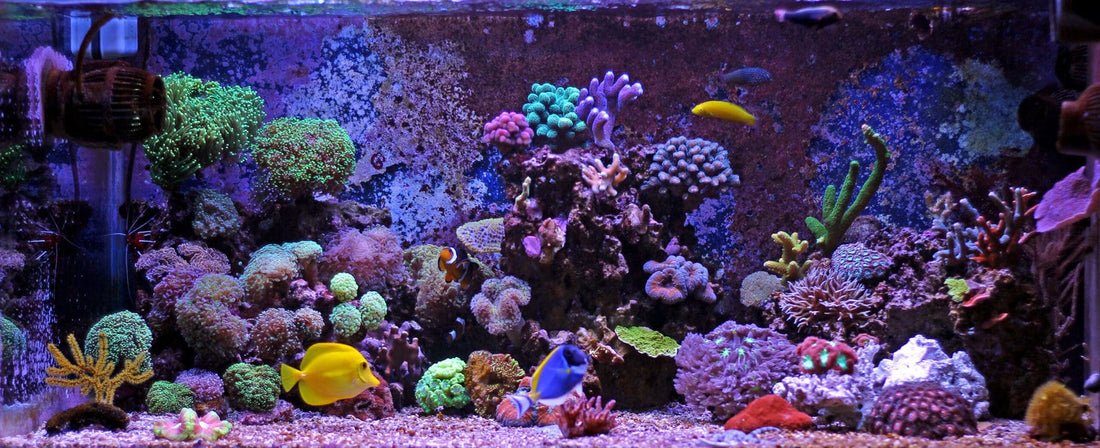
If you’re looking to start your first reef tank, you’ve come to the right place! Reef tanks are one of the greatest challenges you can take on as not only an aquarium keeper but a pet hobbyist in general!
There is a lot to learn in terms of water chemistry, reef biology, and how corals and other animals interact. Fortunately, I’ve detailed all of that and more in the following article. So let’s dive into how to care for your first reef tank together!
Choosing the Right Tank for Your First Reef Aquarium
Why Not a Nano or Pico-Reef?
Small can often be better when setting up your first aquarium. Indeed, smaller 5-10 gallon tanks are by far the best selling models in the freshwater world. But when it comes to saltwater reef tanks you really don’t want to start out with smaller tanks, known as nano or pico-reef aquariums.
The reason that’s so is due to how unstable smaller setups tend to be. Corals, even beginner corals, crave stability above all else. Unstable water conditions cause them severe stress, which will disrupt growth and can easily lead to death in many species. New aquariums of all sizes are prone to fluctuations – and the larger the aquarium, the more buffering capacity your water has for issues that arise.
If ammonia concentrations rise due to a bit of uneaten food decaying, the concentration will reach toxic levels much more quickly in a 5 gallon tank versus a 55 gallon one. If water evaporates from your system and you forget to account for it one day, the higher salinity will become an issue more quickly in a smaller tank as well.
Despite their size, nano and pico-reef tanks are actually expert-level setups for this reason. Experts are more aware of the shifts that occur as a new aquarium matures – and how to manage those shifts while growing healthy coral! The best aquarium size for your first reef tank should be somewhere between 20 and 75 gallons in volume.
Glass vs Acrylic Aquariums
Marine aquariums tend to be either glass or acrylic (plastic). Some folks will try to argue for or against a given material. But ultimately both aquarium materials have significant advantages and disadvantages to consider when shopping about.
Glass aquariums are cheaper, easier to maintain, and look great! But the downsides are that glass is heavier than plastic/acrylic and it’s easier to shatter a glass panel with an accidental knock. Glass is hard – harder than acrylic but also fragile to sudden stresses. But if cost and ease of purchase are your main concerns then it’s hard to beat a glass tank!
Acrylic, on the other hand, is lighter and more resistant to hard knocks than glass. An acrylic panel will simply wobble if you strike it hard, making it child-resistant. They also look great; when purchased new the clarity is on par with all but low iron (starfire) glass. Some lower-end acrylic tanks will cloud over the course of years though due to UV exposure but many will not. Many reef lighting setups have significant UV output; something to consider when shopping for an acrylic aquarium.
But the main issue with acrylic is that the material is softer than glass. It’s very easy to scratch it by accident. Using a steel wool cleaning pad on glass will leave you with a nice, algae-free panel. Using it on an acrylic aquarium will leave you with a mess of scratches that are all but impossible to get rid of. Falling coral frags, live rock rubbing against it, and even the activity of large, grazing animals can all scratch acrylic.

Reef Aquarium Substrate
Substrate options are a bit more limited for reef tanks compared to freshwater or even marine fish-only setups. Crushed coral sand or gravel are by far the best choices out there. Crushed coral (aragonite) helps buffer the water chemistry towards alkalinity, which corals need for proper growth.
Live sand and gravel is something I strongly recommend using regardless of skill level, but especially for beginner reef keepers! Live sand is packed moist and has active colonies of bacteria and other microorganisms living in it.
When you start your tank with live sand you are adding a healthy colony of microorganisms that will start breaking down waste compounds released by your corals and other animals instantly.
Cycling a tank, which normally takes months to do on your own, can be done so instantly using live sand. The bacteria still need some time to colonize the filter as well but this also happens more quickly using live sand.
Some aquarists prefer bare bottom reef tanks. The advantage of going bare bottom is that they are very easy to clean; debris simply sits at the bottom until it’s swept up either into your filter or your siphon hose during a water change. But the downside is that you lose the filtration and buffering ability of a proper substrate – and it doesn’t look all that great!
Reef Tank Lighting
Reef tank lighting is one of the most important elements in setting up your first reef aquarium. Corals, believe it or not, are partially to fully photosynthetic animals. Similar to plants, they have the ability to trap sunlight in order to process carbon dioxide and water into simple sugars for nutrition.
Though to be more accurate, it’s not that the corals innately have this power. They actually partner with micro organisms called dinoflagellates. These are single-celled algae that are consumed by the coral – but not digested.
They are given a place to live inside the coral cells and food in the form of nitrogenous waste and carbon dioxide. And in exchange the symbiotic dinoflagellates share some of their sugars with their host. This process is a classic example of symbiosis; two organisms living together long-term for their mutual benefit.
How much light corals need depends mostly on how much they rely on their algae partners – but also the habitat they are typically found in nature. Shallow water reef flats are usually home to corals that crave intense lighting while deep water corals may need little or even no light (non-photosynthetic corals). Most corals fall somewhere in between in terms of how much light they need.
The type of lighting technology you buy also affects the quality and strength of the output. LED, fluorescent, power compact, VHO (very high output), and metal halide lighting are the most common fixtures used by reef keepers. Do not rely on the standard incandescent or fluorescent lighting found in aquarium kit hood unless they are designed specifically for coral reef tanks. They are typically cheap and have both weak total output and the wrong light spectrum for coral growth.
Metal halide setups are the most powerful – but also the most expensive. They create significant heat and are typically suspended above the tank using wires. Shallow water hard corals make the best use of metal halide lighting, especially small polyp stony (SPS) corals that grow near the surface like Acropora. Soft corals, many large polyp stony (LPS) corals, and a few SPS will thrive under other lighting sources.
LED lighting is by far the most energy efficient while creating a proper spectrum for coral growth. Just a few years ago, fluorescent fixtures were best but all of the affordable, high quality LED fixtures being mass-produced in Asia have brought costs down substantially!
What About Actinic Lighting?
Lighting that’s photosynthetically active (PAR) has a color temperature of 5500-6500K. This produces a spectrum close to the natural look of sunlight. Most reef tanks use either this color alone or mix in actinic light.
Actinic lighting is higher energy light that’s closer to UV but not quite (since UV is invisible to humans) with a color temperature of 10,000K. This gives it a deep blue tone that at first may look strange. However it causes certain pigments in coral skin to fluoresce brilliantly; you may see sudden swirls of green, blue, orange, and yellow erupt in fairly ordinary corals when an actinic bulb is placed over them.
Whether corals actually need actinic lighting is another matter. Many aquarists find that their reef organisms grow fine without it while others swear by actinic bulbs. Some also use only actinic lighting and find that their corals adapt to the output and continue to grow normally.
Personally, I find mixing the two light outputs to be ideal. You can use white light for natural photosynthesis and illumination but also add a bit of actinic output to help those coral colors really pop!
Water Quality Issues
Standard Chemical Parameters for Reef Aquariums
Temperature
Calcium
pH
Magnesium
Salinity
Ammonia/Nitrite
Alkalinity
Nitrate
72-78℉
350-450 ppm
8.0-8.4
1200-1350 ppm
1.023-1.025
0 ppm
9-12 DKH
1-10 ppm
You’ll notice that the pH is consistently high in a reef tank. In fact, the pH is high in marine systems in general. This is because the oceans have collected billions of years of mineral runoff from the surrounding landscape. Freshwater rivers and lakes, on the other hand, are often filled from rainwater or glacial melt, which is neutral (pH 7.0) at first. It may even pick up humic acids from decaying plants and wood, giving it a lower pH and less mineralization (softer) than seawater.
Marine aquarium salt is very easy to find and buy in today’s world; the majority of pet stores will have plenty on hand. When purchasing a salt blend for your first reef tank, stick to reef-specific blends like Instant Ocean Reef Crystals. The reason for this is that the concentrations of essential chemicals and elements beyond salt is slightly higher than standard sea salt.
This way, you can be sure that your corals are getting plenty of basic building blocks, which may be low or even absent in standard fish-only aquarium salt. That said, if you can’t find any, a generic blend of marine salt will have the minerals in ocean-standard concentration, which is enough for most species.
The most important elements to keep track of for coral reef tanks are nitrogen (ammonia, nitrite, nitrate), phosphate, magnesium, and calcium. There are also trace elements like iron and strontium that corals do need. But any reef salt blend contains plenty of these elements; enough to last you in between water changes. Only reef tanks that are heavily populated with fast, actively growing corals need enrichment with trace elements.
That said, even a beginner’s reef tank may run low on calcium. Hard corals use calcium and carbonate (hardness) pulled from the water column to build their beautiful skeletal bases. Even soft corals need calcium and carbonate since they contain CaCo3 spicules in their flesh that act as a structural foundation and defense against predators.
There are ways to enrich your water with calcium if you find that the parameters are lower than they should be. Kalkwasser reactors are one of the most common ways and are very effective. But I prefer reef dosing pumps since they can be primed to automatically dispense any liquid; including calcium, alkalinity, or even liquid coral feed as needed!
Speaking of alkalinity, the parameters recommended here are actually higher than what the ocean naturally contains! The ocean is closer to 6-8 DKH. But it’s recommended to keep alkalinity levels higher than reef standard because for one, corals will grow faster when more carbonate is available.
And two, higher alkalinity corresponds to a more stable pH and hardness. The more water hardness you have in the system, the greater the amount of acidity it will take to shift the pH.
Remember, stability is very important for corals because they tailor their growth to match what’s available. In the wild, it takes hundreds to thousands of years for parameters like alkalinity and calcium to shift meaningfully. Sudden drops of these elements in an aquarium are all too common, though.
Sources of nitrogen include ammonia, nitrite, and nitrate. All of these can be used by corals – but rarely for their own nutrition. Instead, they are used as food by their symbiotic dinoflagellates. The problem is that ammonia and nitrite, their favorite foods, are quite toxic to coral cells. So it’s better to keep ammonia and nitrite as close to 0 ppm as possible.
Nitrate, on the other hand, is well tolerated by corals and can still be used as a source of nitrogen for their symbiotes. Still, we don’t want levels to get too high because it’s also a source of food for green water algae and macroalgae that grows on rocks and dead coral outcroppings.
Soft corals tend to prefer higher levels of nitrate than hard corals, particularly the beginner-friendly species I’ve chosen below. Fish tank mates are a very handy source of nitrate and other organic molecules that corals will consume directly from the water column!
Keeping phosphates low is actually not important for corals themselves so much as it is about preventing algae. Phosphates tend to come from fish food. Even if fish eat it, it gets excreted and then taken up by green algae, which competes with coral polyps for living space and light.
Filtration for Reef Tanks
Some aquarists are a fan of running undergravel and sponge filters. And in certain conditions these cheaper units are capable. But for a reef aquarium there really is no substitute for a proper power or canister filter. Which you use depends mostly on your budget and the size of the tank
Power filters can be run on aquariums of all sizes. Since they hang right on the side or rear of the tank they are easy to access for media changes or other maintenance. They are also very affordable. For smaller tanks up to 55 gallons a good power filter (or two) is all you really need!
Larger tanks are much better served by a canister filter, however. These are powerful filtration units that sit beside or under your aquarium. They process water much faster, forcing water through several fully customizable media chambers before being pushed back into your aquarium. Canister filters are also good for smaller tanks but can sometimes be a little overkill unless the unit has a flow control valve!
Besides using a capable power or canister filter, you should also look into protein skimmers and refugiums. Both are used almost exclusively in saltwater aquariums because they help purify your water to the standards corals require.
Protein skimmers are exactly what they sound like. They collect dissolved organic molecules from the water by churning it into foam and collecting this “skimmate” in a special chamber that needs emptying. In doing so these agents are prevented from being eaten by bacteria, which will convert them into nitrogenous wastes and other problem compounds that reduce your water quality.
Refugiums are another fun option for reef-keepers! Essentially, these are a secondary miniature aquarium that holds macroalgae and other reef organisms. These animals and plants feed on waste products left by your fish and corals.
A refugium can even be used to house soft corals separate from your main aquarium! Think of it as an organic protein skimmer. Just be aware that setting up and maintaining a refugium isn’t quite as straightforward as running a mechanical protein skimmer since your filter media is essentially alive.
Coral Choices for Beginners
What Makes a Good Beginner’s Coral?
When looking for your first coral inhabitants, you should be careful to avoid the more sensitive species. These are typically SPS but also include many LPS and a few soft corals. We want species that are tolerant of fluctuations in water parameters and higher levels of dissolved nitrogenous waste products. Corals that only require low to moderate levels of light are also ideal for beginners since high intensity lighting tends to be expensive and harder to both set up and maintain.
The Top 5 Beginner-friendly Corals
Pulsing Xenia Coral
Pulsing Xenia is a favorite of reef keepers the world over! The entire colony is covered in stalks with finger-like projections. The “arms” pulse continually, wafting water over themselves at a controlled rate of flow.
Funnily enough, it is a soft coral that many expert reef aquarists find difficult to keep – yet many beginners find impossible to keep under control! Pulsing Xenia actually does poorly in overly clean environments. It thrives in aquariums where it has plenty of nitrates, dissolved organic molecules, and other dissolved chemicals to supplement the light it needs.
This fascinating species is entirely photosynthetic, feeding on just light and chemicals and does not need to be fed in the traditional way. But be careful; if it does do well, it tends to grow explosively. Pulsing Xenia isn’t aggressive in the usual sense. It doesn’t sting neighbors or attempt to halt their growth. It simply overwhelms other corals, smothering and replacing them. You’ll need to trim it back carefully to keep it in check.
- Scientific Name: Xenia sp.
- Origin: Red Sea & IndoPacific Ocean
- Lighting Needs: Moderate to Bright
- Temperament: Peaceful but Invasive
- Feeding: Entirely Photosynthetic
Toadstool Leather corals are another very beginner-friendly species. While they aren’t flashy, they are hardy and grow impressively tall; anywhere from 16 to 30 inches in height! Like Pulsing Xenias these soft corals are also entirely photosynthetic and don’t need feeding. An occasional dose of organic molecules can be supplied either by you or fish and other tank mates!
Just know that these corals do release small amounts of growth-inhibiting compounds that allow them to outcompete neighboring corals. I talk more about this in the Coral Aggression section of this article! Toadstool Leather corals also have a mucus (slime) coating that’s irritating to other corals if touched so keep their neighbors at a distance.
Scientific Name: Sarcophyton glaucum
Origin: Indian Ocean
Lighting Needs: Moderate to Bright
Temperament: Semi-aggressive
Feeding: Entirely Photosynthetic
Hammer Coral
Hammer Coral is a great species to try if you want something that looks like a sea anemone but isn’t as sensitive as the majority of them. Other Euphyllia sp. include the closely related Torch and Frogspawn Corals. They also have thick, fleshy tentacles and brilliant colors. And they are all fairly aggressive corals, with long sweeper tentacles used to take the fight to their neighbors, so space them appropriately!
It’s your choice whether you want to feed a Hammer Coral or not. They can live entirely off of light and chemicals but they do enjoy a meal on occasion. You’ll also see a good boost in growth rate each time they are fed.
- Scientific Name: Euphyllia ancora
- Origin: IndoPacific Ocean
- Lighting Needs: Moderate
- Temperament: Aggressive
- Feeding: Photosynthetic and Active Feeder
Mushroom Coral
Mushroom Corals are a great beginner’s variety because they actually thrive on disturbance. They are some of the first corals to colonize a disturbed space in nature. In fact, they move all the time, trying to find the right spot with the currents and lighting conditions they like. This may put them in contact with an aggressive neighbor but the Mushroom Coral will simply scoot itself out of range if so.
Mushroom Corals are hardy and can be fed or left to photosynthesize. Many aren’t particularly colorful but they are unusual in their appearance. The Ricordea Mushrooms are some of the few brilliantly colored kinds. Just be aware that they need more light than the rest of their order.
- Scientific Name: Corallimorpharia order
- Origin: Worldwide
- Lighting Needs: Low to Moderate
- Temperament: Peaceful
- Feeding: Photosynthetic and Active Feeder
Green Star Polyp
Green Star Polyps are a fascinating, beginner friendly soft coral! They can be trained to grow along the sides and bottom of an aquarium to create the appearance of a softly waving grassy lawn!
They are a very undemanding species. Just be aware that they are similar to Pulsing Xenia in how fast they grow in ideal conditions. Green Star Polyps will cover everything else in the tank if you allow them to. Aggressive coral types can use stings to keep them at bay but more peaceful species will be overwhelmed.
You really don’t need to feed Green Star Polyps. It’s only capable of feeding on dissolved chemicals, bacteria, and small planktonic organisms anyway. Larger food items won’t be consumed. But considering how fast it grows, it’s probably best to hold off on feeding!
- Scientific Name: Pachyclavularia sp.
- Origin: IndoPacific Ocean
- Lighting Needs: Low to Moderate
- Temperament: Peaceful but Invasive
- Feeding: Photosynthetic and Active Feeder

Feeding Your Coral
Feeding your corals is an important part of reef keeping! Many corals are actually far more flexible than most animals. They have the ability to subsist mostly or entirely on light and dissolved chemicals in seawater. Many still need to eat every once in a while but some can go forever with no physical food being offered.
If you choose species that don’t need to eat, you will have an easier time keeping your water parameters clean and stable. Your corals won’t grow as fast as they would from being fed but as long as you aren’t in a hurry you’ll still see large, healthy colonies over time.
On the other hand, feeding corals that like or require it is fascinating to watch. Feeding also offers them a big boost in growth and is especially helpful for recently fragged (split) colonies to regenerate injuries.
What you feed depends mostly on the type and size of coral in question. Some species, such as Leather Corals, only feed on dissolved organic molecules. Others can capture small planktonic organisms, like copepods or green water algae, from the water column. Still others can grab small animals, ranging in size from brine shrimp up to small fish and shrimp!
For corals that eat larger pieces of protein you can offer chunks of thawed fish, mysis shrimp, and other seafood options. If you have a tank inhabited by fish and other animals it’s better to feed them first, to reduce the chances of them plucking food from the mouths of your corals, which eat very slowly. Being picked at while eating can cause them to even reject the food you’re offering.
Coral Aggression
Coral reef tanks look so peaceful with the simple yet beautiful colonies living side by side and pulsing, gelatinous masses of tentacles softly waving in the current. But believe it or not, most reef tanks are actually an active warzone!
Coral reefs are crowded conditions where critical elements, food, current, and light are at a premium. Therefore, most corals have strategies for outcompeting or even killing their neighbors if it comes down to it.
Corals use a few major strategies to beat back their competition. The first involves long sweeper tentacles, common to many hard corals. These tentacles are longer and less numerous than the maller feeding tentacles. Sweeper tentacles waft along the currents, reaching anywhere from a few inches to a foot past the coral’s surface to sting its neighbors. A few of the more aggressive corals with sweepers include Acan Lords (Micromussa (Acanthastrea) lordhowensis) and Euphyllia sp. Corals.
Sweeper tentacles are usually extended at night, which can leave mysterious wounds on distant neighboring corals. Proper placement and knowing how water currents interact with sweeper tentacles will help protect peaceful corals from more aggressive types.
Another common defense is chemical warfare. Leather corals are infamous for this; they spew terpene compounds into the water column continually that they are resistant to. These terpenes slow or even stall the growth of neighboring corals if they reach high enough levels. Fortunately, you can counteract these terpenes with activated carbon in the filtration chamber, a protein skimmer, or frequent water changes.
Reef Tank Fish and Invertebrates
Last comes the other animals you want to introduce to your tank! Marine fish and invertebrates are just as interesting and certainly more mobile than your coral inhabitants. And there are thousands of species to choose from that are very beginner friendly.
Your main consideration should be choosing animals that are “reef safe.” This word is well known to reef keepers so feel free to ask for “reef safe” fish or invertebrates when shopping. A reef-safe animal is one not known (or is at least very unlikely) to eat sessile (non-moving) animals like corals, feather duster worms, sea anemones, sponges, etc.
Many popular saltwater fish are not reef safe. This includes larger Angelfish, Butterflyfish, Pufferfish, and other flashy, beautiful animals. But a few reef-safe species to consider that are stunning include Royal Grammas, Ocellaris Clownfish, Mandarin Gobies, Pygmy Angelfish, Damselfish, Tangs, Surgeonfish, Blennies, Marine Bettas, and Lionfish.
You also have access to a wide range of other invertebrates to keep with your corals. A few aren’t reef-safe but the majority of marine shrimp, crabs, sea slugs, starfish, snails, clams, sponges, and sea anemones you’ll find in the hobby are.
Make sure you take the time to carefully research their care requirements; never buy an invertebrate on impulse. Most are very sensitive compared to fish to minor shifts in water chemistry and you may not be able to properly care for it. That said, if you’re good at keeping corals alive then you have a good chance of caring for just about any other invertebrate species
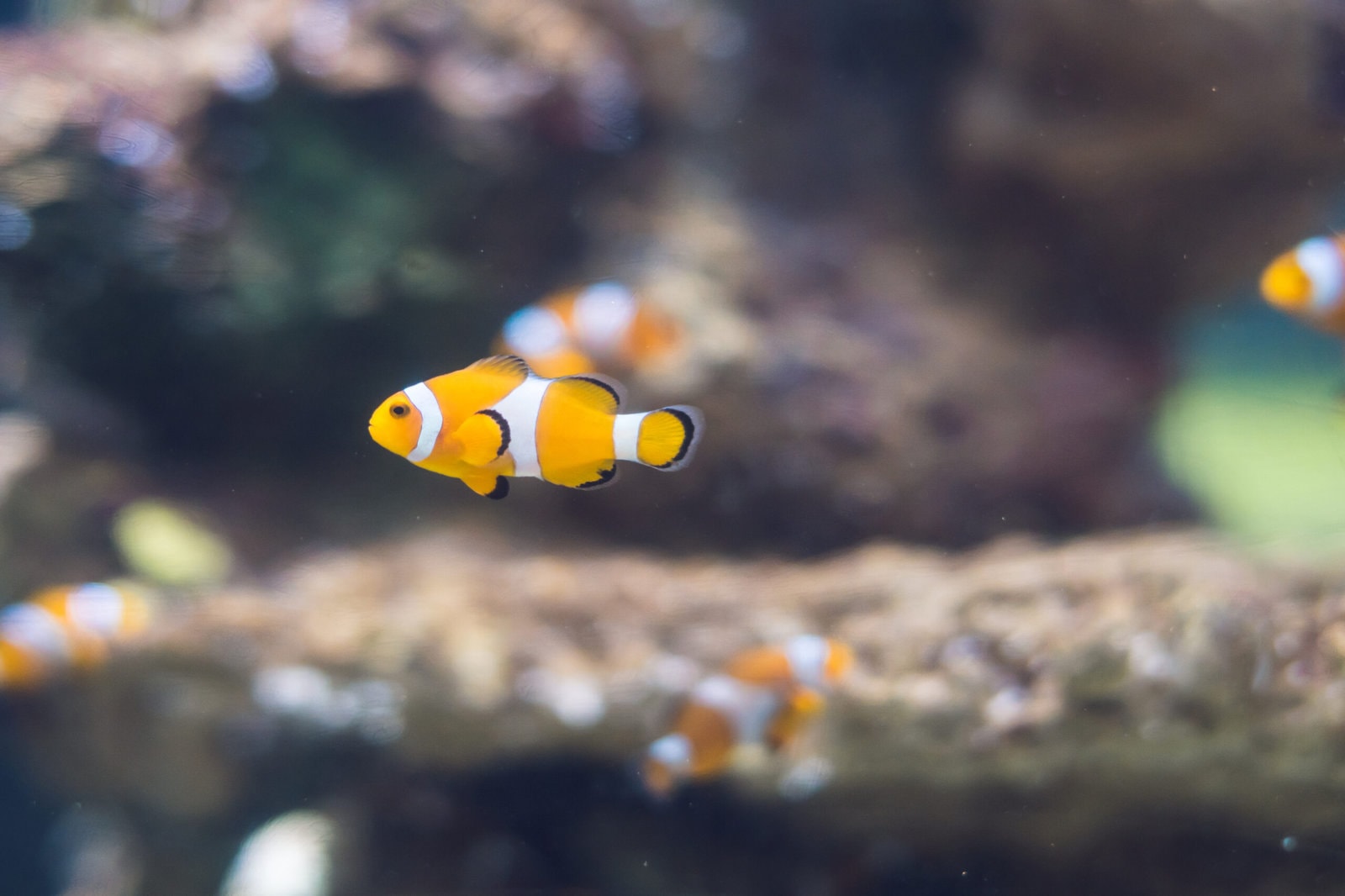
Saltwater Clean Up Crew
When planning your tank you’ll also want to think about a saltwater clean up crew! These are the animals that eat leftover food, fish poop, and other bits that would normally decay into ammonia and other problematic compounds.
Many of these animals also burrow into the substrate, aerating it and preventing anoxic patches from forming. And many are algae eaters, grazing on any green algae that grows, keeping your corals free of unsightly growths!
A few common detritus and algae eaters include hermit crabs, snails, brittle starfish, shrimp, and sea slugs! Best of all, if choosing the exact animals for your saltwater clean up crew seems daunting you can actually buy them pre-sorted for you from many online retailers.
Wrapping Things Up
In many ways reef tanks are the epitome of the aquarium hobby. Your knowledge of water quality, feeding, lighting, and how all of the different biological systems in the tank interact needs to be a few steps beyond what they were when you started out with your first Betta. But the amount of satisfaction obtained from watching a thriving tropical reef in your own home is hard to beat!
No comments

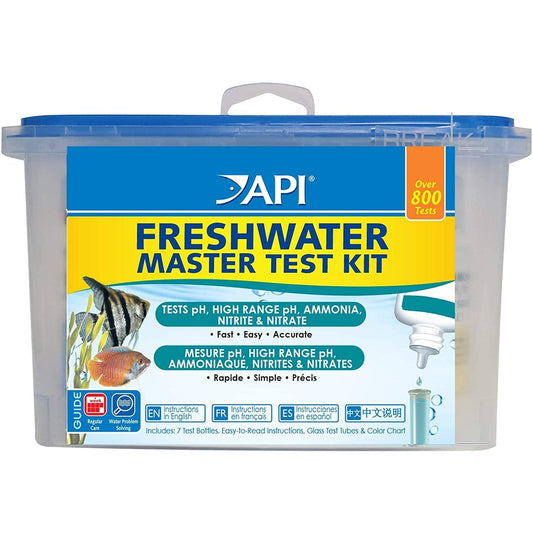
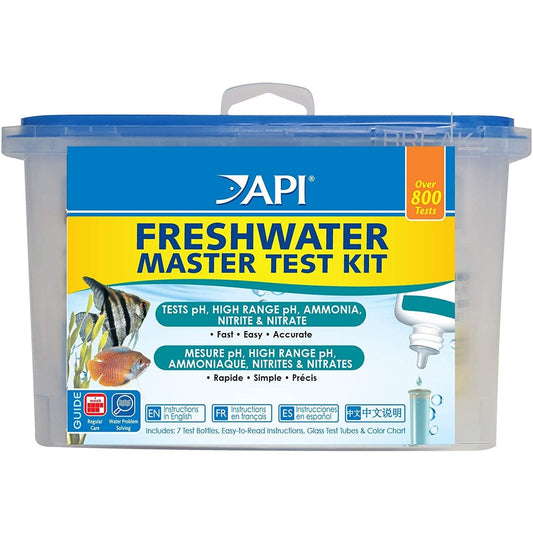
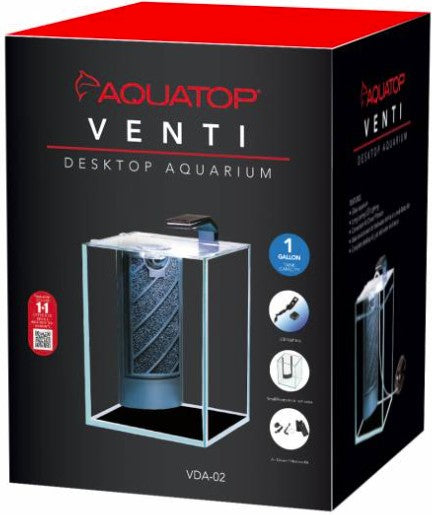



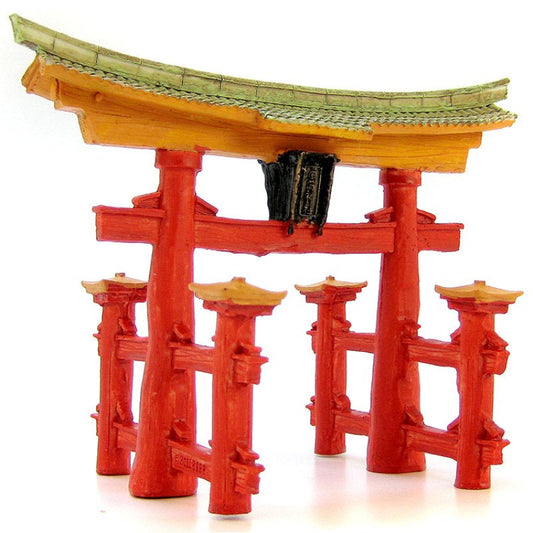


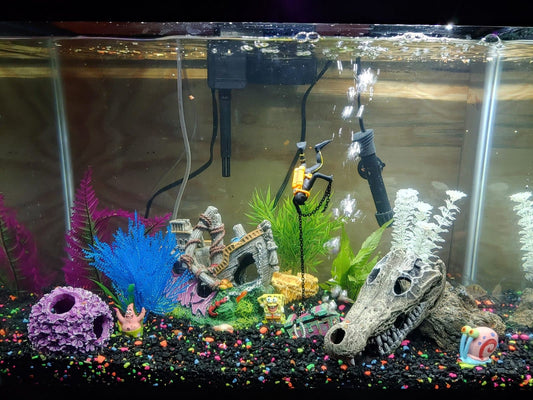


0 comments